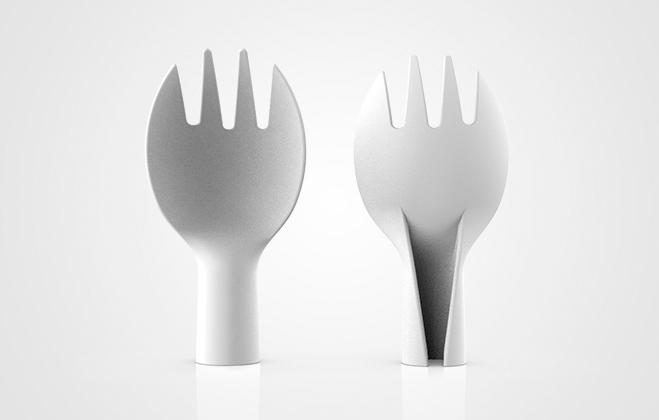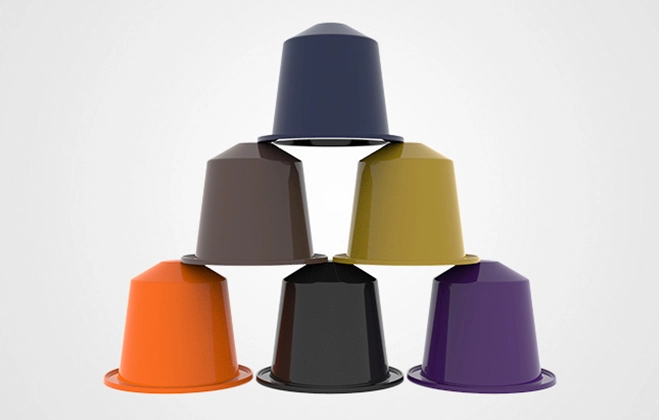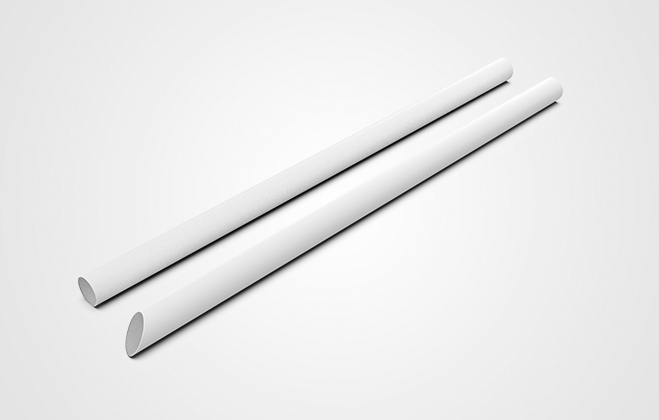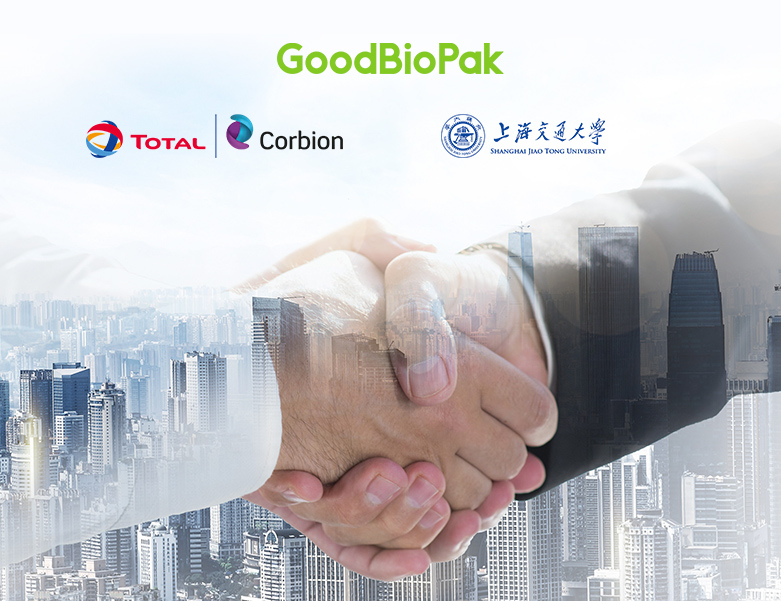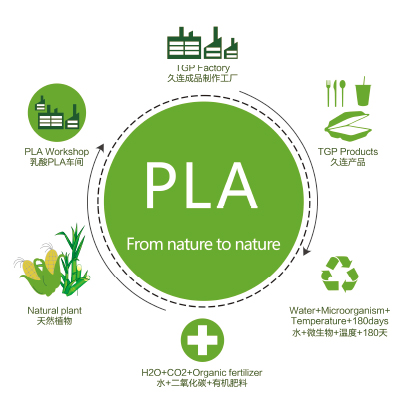The global movement towards sustainability has prompted a reevaluation of everyday items, and one significant change has been the shift from traditional plastic straws to PLA (Polylactic Acid) straws. This evolution goes beyond a simple switch; it represents a conscious choice towards a more environmentally friendly future. In this passage, we'll delve into the distinctions between PLA straws and plastic straws, examining their environmental impact, manufacturing processes, and the growing momentum behind sustainable alternatives.
Environmental Impact: The Green Footprint of PLA Straws
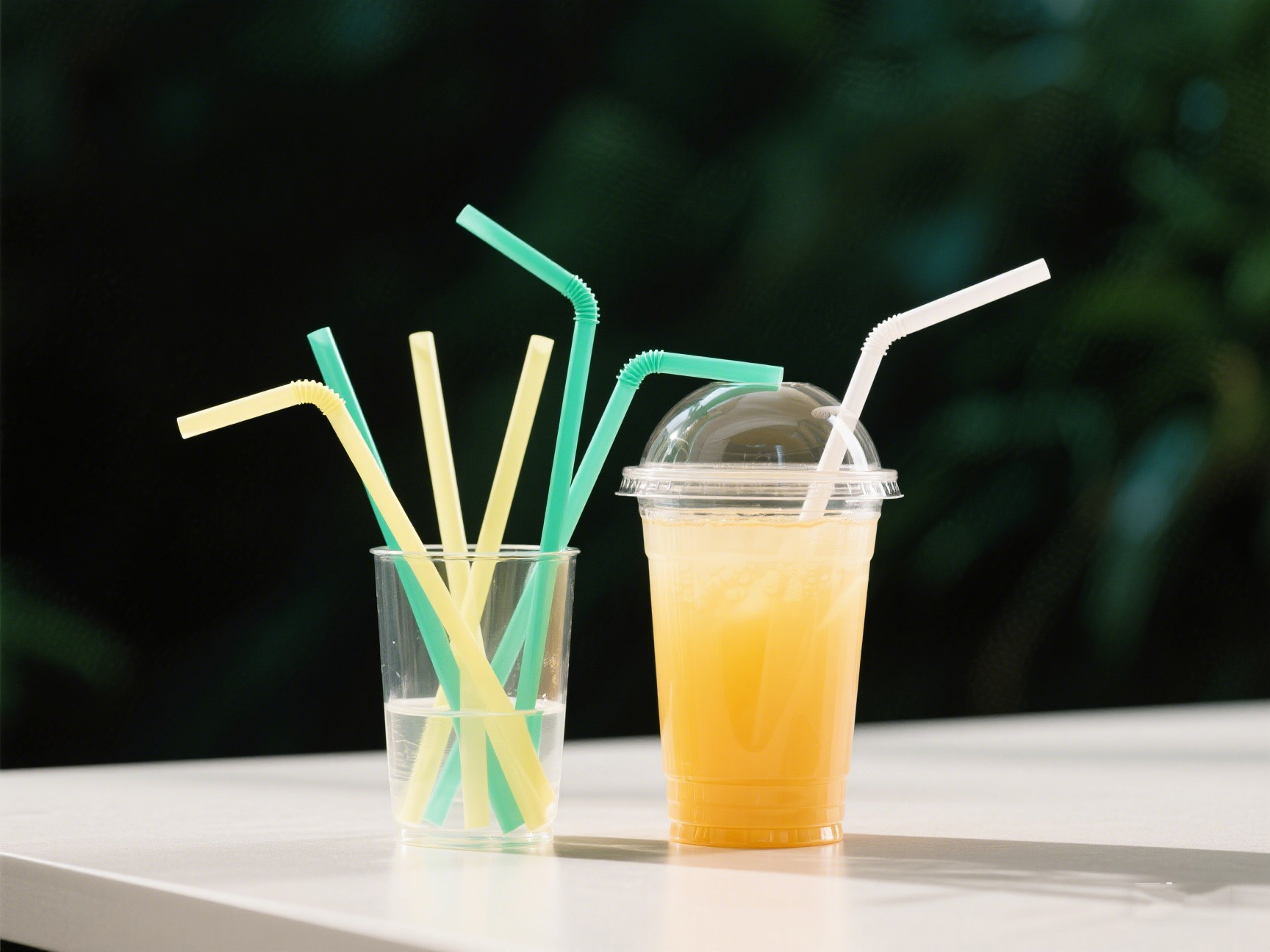
One of the fundamental distinctions between PLA straws and plastic straws lies in their environmental impact. PLA, derived from plant-based sources such as corn starch or sugarcane, is a biodegradable and compostable material. PLA straws break down naturally over time, leaving behind minimal ecological traces. Their production involves fewer carbon emissions compared to traditional plastic straws, making them a greener choice for those concerned about environmental preservation.
On the other hand, plastic straws, typically made from petroleum-based polymers, pose a significant threat to the environment. Their non-biodegradable nature means that once discarded, plastic straws can persist in landfills and oceans for centuries. The detrimental impact of plastic straws on marine life and ecosystems has fueled a global call to reduce single-use plastics. As a response, the transition to PLA straws offers a promising alternative that aligns with eco-conscious values.
Manufacturing Processes: Crafting Sustainability
The production of PLA straws involves a process that begins with the extraction of sugars from plants such as corn or sugarcane. These sugars are then fermented and transformed into lactic acid, which serves as the building block for PLA. The resulting biopolymer can be molded into various forms, including straws. The manufacturing of PLA straws emphasizes renewable resources, contributing to a closed-loop cycle that minimizes the reliance on finite fossil fuels.
Conversely, the manufacturing of plastic straws relies on petroleum-based polymers, which are derived from non-renewable fossil fuels. The extraction and processing of these materials contribute to greenhouse gas emissions and environmental degradation. The stark contrast in manufacturing processes underscores the ecological advantages of PLA straws, as they are derived from annually renewable resources and support a more sustainable production chain.
Growing Momentum: The Shift towards Sustainable Sipping
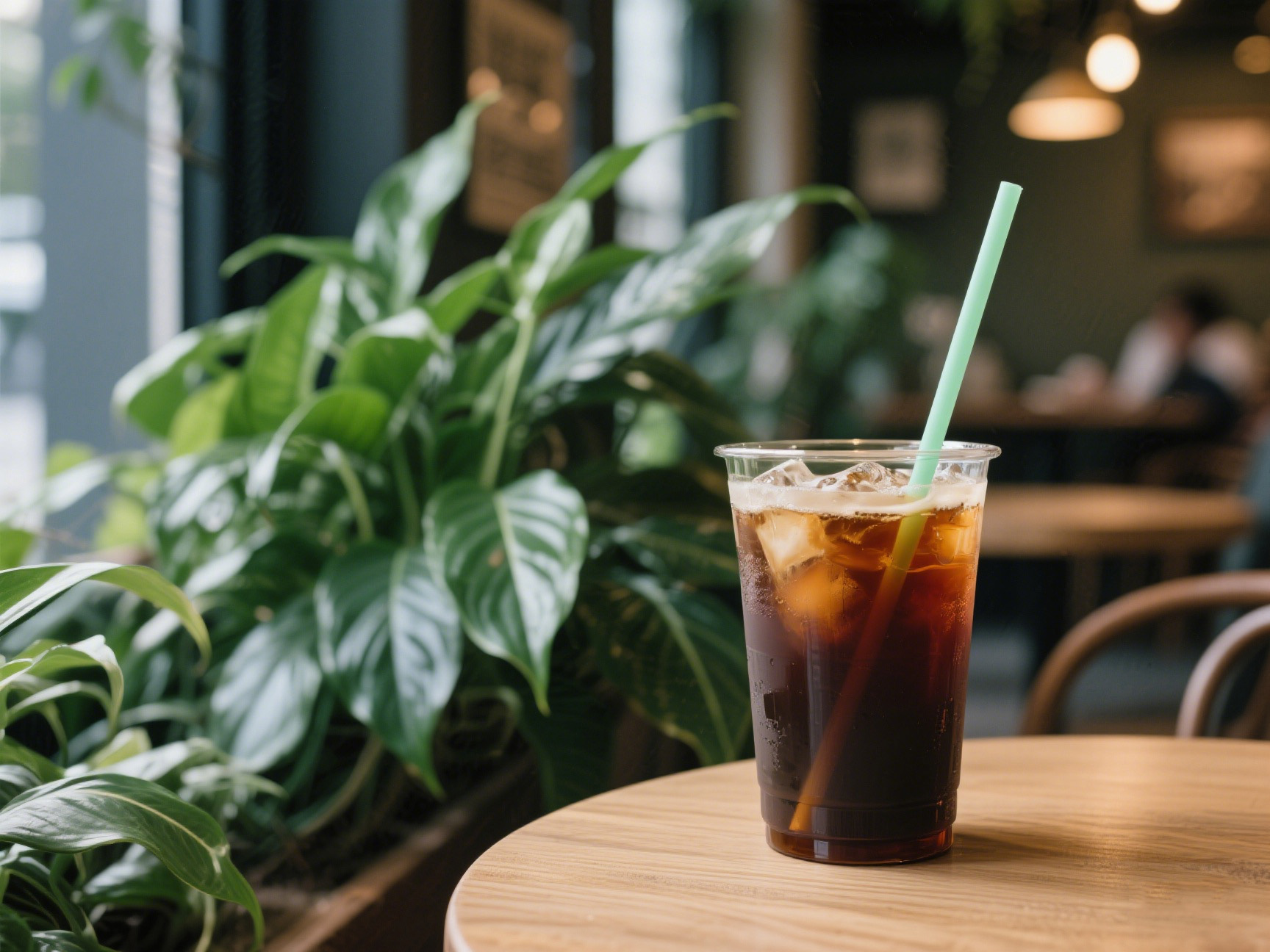
In recent years, there has been a notable surge in the adoption of PLA straws as an integral component of sustainable practices. Restaurants, cafes, and event organizers are increasingly recognizing the importance of offering eco-friendly alternatives to their patrons. The demand for PLA straws is driven not only by environmental considerations but also by consumer preferences for products that align with their values.
Conversely, plastic straws are facing heightened scrutiny due to their environmental impact. Many regions and businesses are implementing bans or restrictions on the use of plastic straws to address the growing plastic pollution crisis. This shift in regulatory and consumer attitudes further propels the momentum towards sustainable alternatives, with PLA straws emerging as a preferred choice in the transition away from single-use plastics.
In conclusion, the choice between PLA straws and plastic straws is more than a matter of convenience; it's a decision that reverberates through ecosystems and future generations. PLA straws, with their biodegradable nature and sustainable manufacturing processes, offer a viable and responsible alternative to the persistent environmental issues associated with plastic straws. As the world collectively recognizes the importance of sustainable practices, the shift towards PLA straws marks a significant step in sipping responsibly into a greener and more sustainable tomorrow. Choose the straw that aligns with the values of our planet—choose PLA.
Related Posts:
Why Choose PLA straws?
The Performance Characteristics of Plant-Based Plastic Straws
 English
English 日本語
日本語 한국어
한국어 français
français Deutsch
Deutsch Español
Español русский
русский português
português العربية
العربية ไทย
ไทย Malay
Malay















